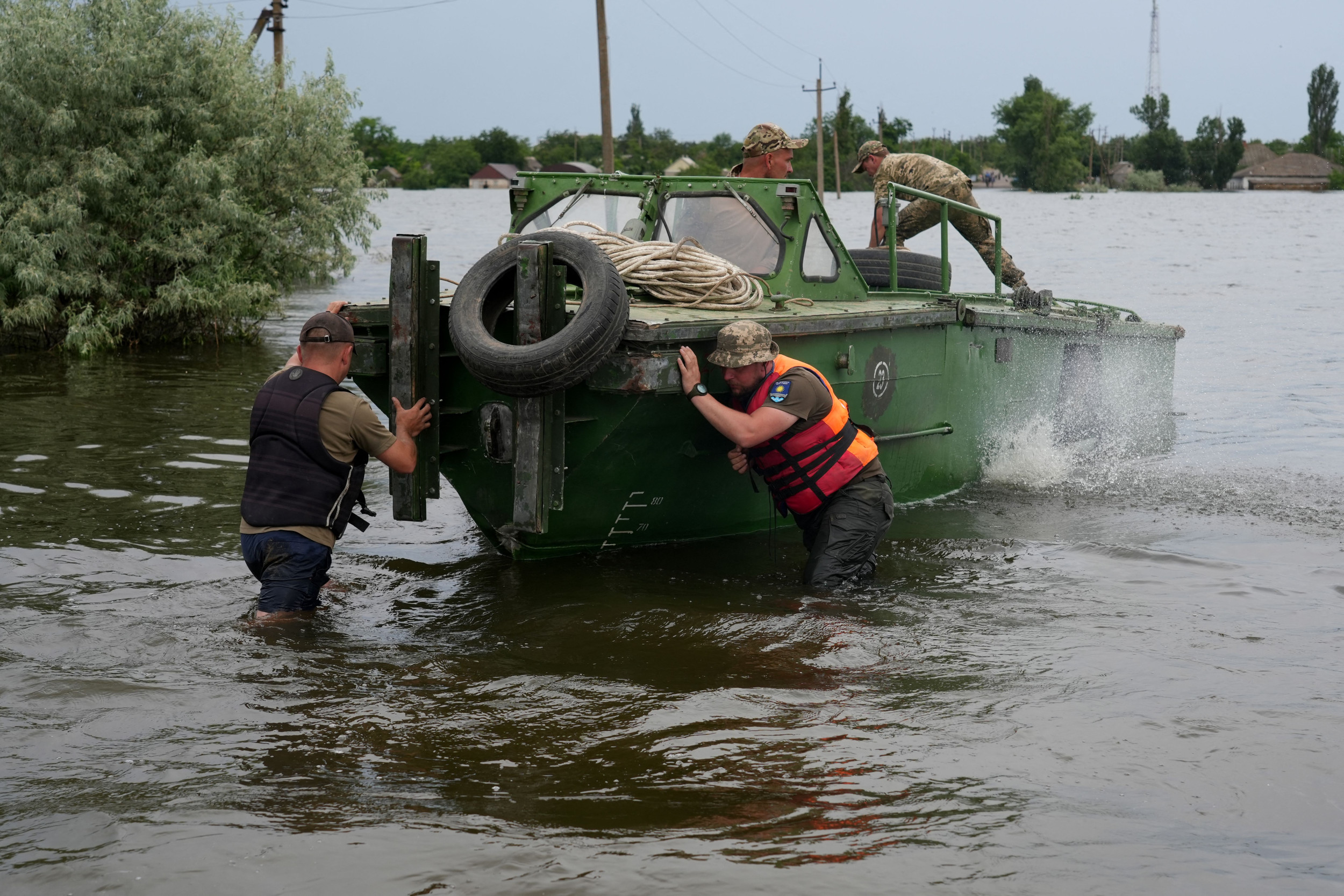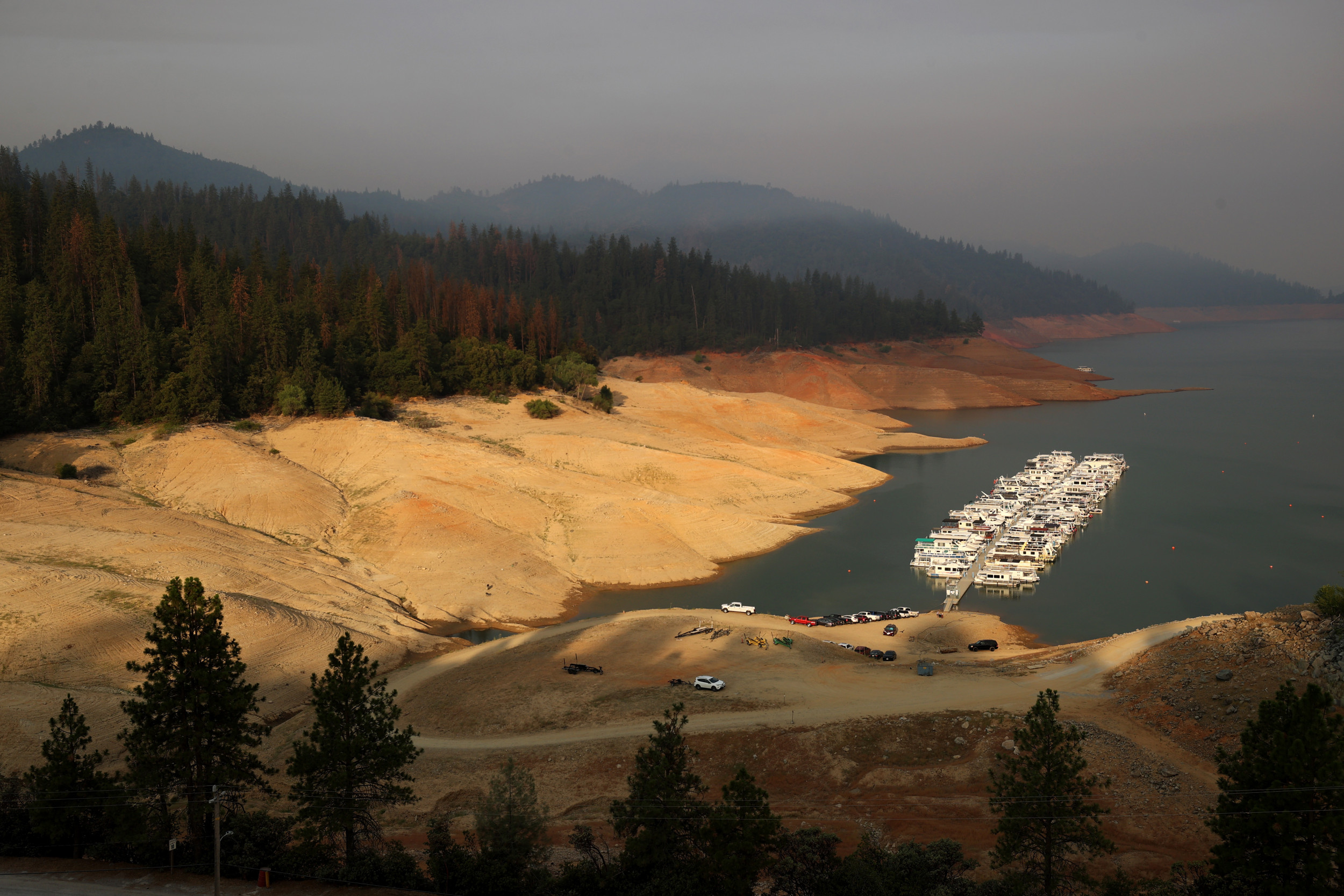Editor's Notes: "Real-Time Reservoir Water Levels And Storage Capacity In Turkey" have published today, March 8th, 2023. This topic is important to read because it provides valuable insights into the current state of Turkey's water resources and their implications for the country's future.
After months of effort doing some analysis, digging information, made Real-Time Reservoir Water Levels And Storage Capacity In Turkey we put together this Real-Time Reservoir Water Levels And Storage Capacity In Turkey guide to help target audience make the right decision.
| Key Differences | Key Takeaways |
|---|---|
| Real-time data on water levels and storage capacity in Turkey's reservoirs | Improved decision-making for water management, agriculture, and energy production |
| Interactive map and data visualization | Easy access to data and analysis for stakeholders |
| Historical data and trends | Insights into long-term water availability and future planning |
| Automatic updates | Accurate and timely information for ongoing monitoring and management |
FAQ
Discover accurate and up-to-date information on Real-Time Reservoir Water Levels And Storage Capacity In Turkey, addressing common questions and providing insightful details.

Water Storage in California | California WaterBlog - Source californiawaterblog.com
Question 1: Why is monitoring reservoir water levels important?
Monitoring reservoir water levels is crucial for optimizing water resource management. Accurate data helps authorities plan for future water demands, mitigate flood risks, and ensure a reliable water supply for various sectors
Question 2: How are reservoir water levels measured?
Water levels are typically measured using sensors or gauges installed at strategic points within reservoirs. These devices record real-time data on water elevation, which is then transmitted to central databases for analysis and dissemination.
Question 3: What factors influence reservoir water levels?
Reservoir water levels are primarily influenced by inflows (e.g., precipitation, snowmelt) and outflows (e.g., evaporation, water releases). Climate patterns, land use changes, and human activities can also impact water levels.
Question 4: How can real-time reservoir data benefit water management?
Real-time data provides valuable insights for reservoir operators. It allows for proactive planning, including adjusting water releases to meet downstream demands, managing flood risks, and optimizing hydropower generation.
Question 5: Where can I access real-time reservoir data in Turkey?
Various government agencies and water authorities in Turkey provide real-time reservoir data through online platforms and mobile applications. These platforms offer comprehensive information on water levels, storage capacity, and other relevant parameters.
Question 6: What are some applications of reservoir water level data?
Real-time reservoir data finds applications in water resource planning, flood forecasting, hydropower management, agricultural irrigation scheduling, and environmental monitoring.
By staying informed about Real-Time Reservoir Water Levels And Storage Capacity In Turkey, users can make informed decisions and contribute to sustainable water management practices.
Continue to the next section to explore additional insights and resources on water management in Turkey.
Tips: Real-Time Reservoir Water Levels and Storage Capacity in Turkey
To obtain real-time reservoir water levels and storage capacity information in Turkey, follow these tips.
Tip 1: Utilize the Water Management General Directorate (DSI) website:
Visit the DSI website (https://www.dsi.gov.tr/) and navigate to the "Reservoirs" section. Here, locate the "Real-Time Reservoir Water Levels and Storage Capacities" page, which provides detailed information on the water levels and storage capacities of various reservoirs in Turkey.
Tip 2: Access the Turkish State Meteorological Service (TSMS) website:
The TSMS website (https://www.mgm.gov.tr/) also provides real-time reservoir water level and storage capacity information. Click on the "Water Resources" tab and select the "Reservoirs" option to access this data.
Tip 3: Use mobile applications:
Several mobile applications offer real-time reservoir water level and storage capacity information. Search for applications such as "Water Turkey" or "Reservoir Monitoring" in app stores and install them for convenient access to data.
Tip 4: Consult with local authorities:
Local water management authorities, such as water municipalities or provincial directorates of agriculture and forestry, may also have access to real-time reservoir data. Contact these authorities for information specific to your region.
Tip 5: Leverage social media platforms:
Follow official social media accounts of DSI, TSMS, or local water management authorities to stay updated on reservoir water levels and storage capacities. These accounts often share real-time data and other relevant information.
By following these tips, you can easily obtain real-time reservoir water level and storage capacity information in Turkey.
Real-Time Reservoir Water Levels And Storage Capacity In Turkey
Turkey's water resources are vital for the country's agriculture, industry, and domestic use. Real-time monitoring of reservoir water levels and storage capacity is crucial for managing these resources effectively. The following aspects are essential:
- Accurate Measurements: Precise monitoring of water levels and capacity using advanced sensors
- Data Accessibility: Availability of real-time data through online platforms or mobile applications
- Timely Monitoring: Continuous data collection and analysis to provide up-to-date information
- Forecasting and Management: Utilizing data for reservoir operations, drought planning, and flood mitigation
- Public Awareness: Dissemination of information to stakeholders and the public for informed decision-making
- Environmental Sustainability: Monitoring water levels helps ensure the health of aquatic ecosystems and water quality
These aspects contribute to efficient water management, optimizing resource utilization, preventing water-related risks, and ensuring the long-term sustainability of Turkey's water resources.

Kakhovka Reservoir Water Levels Shown Before and After Dam Was Blown Up - Source sendstory.co

California Reservoir Water Levels Before and After Rain - Newsweek - Source www.newsweek.com
Real-Time Reservoir Water Levels And Storage Capacity In Turkey
Real-time reservoir water levels and storage capacity play a pivotal role in Turkey's water resource management. Dams and reservoirs are crucial for water supply, flood control, irrigation, hydroelectric power generation, and recreational activities. By monitoring and analyzing real-time data on reservoir levels, water managers can optimize water allocation, mitigate risks, and ensure sustainable water usage.
Factors such as precipitation patterns, water consumption, and evaporation rates directly impact reservoir levels. Accurate and up-to-date information on these levels is essential for efficient decision-making. Real-time telemetry systems, satellite imagery, and gauge measurements provide valuable data on reservoir water levels, enabling water authorities to track changes and forecast future trends.
Conclusion
Effective management of real-time reservoir water levels and storage capacity is pivotal for Turkey's water security and economic well-being. Continuous monitoring, data analysis, and proactive planning are crucial for optimizing water resource allocation, mitigating risks, and ensuring sustainability. By leveraging advanced technologies and embracing a data-driven approach, Turkey can enhance its water management strategies and ensure a reliable water supply for present and future generations.
The importance of real-time reservoir water level and storage capacity monitoring extends beyond Turkey's borders, serving as a model for other regions facing water scarcity and climate change impacts. Collaborative efforts, knowledge sharing, and innovative solutions are essential to address global water challenges and promote sustainable water management practices worldwide.